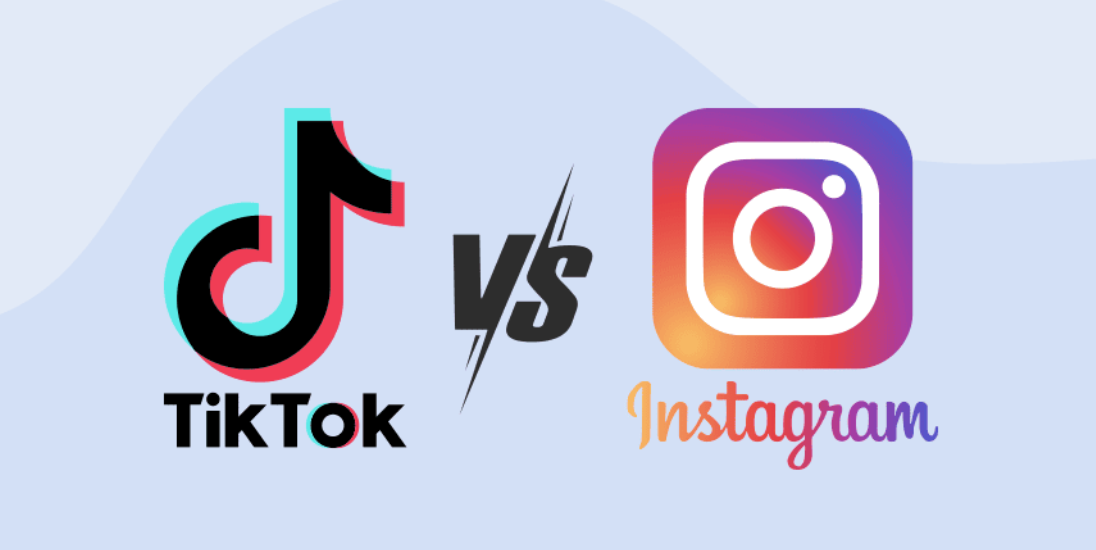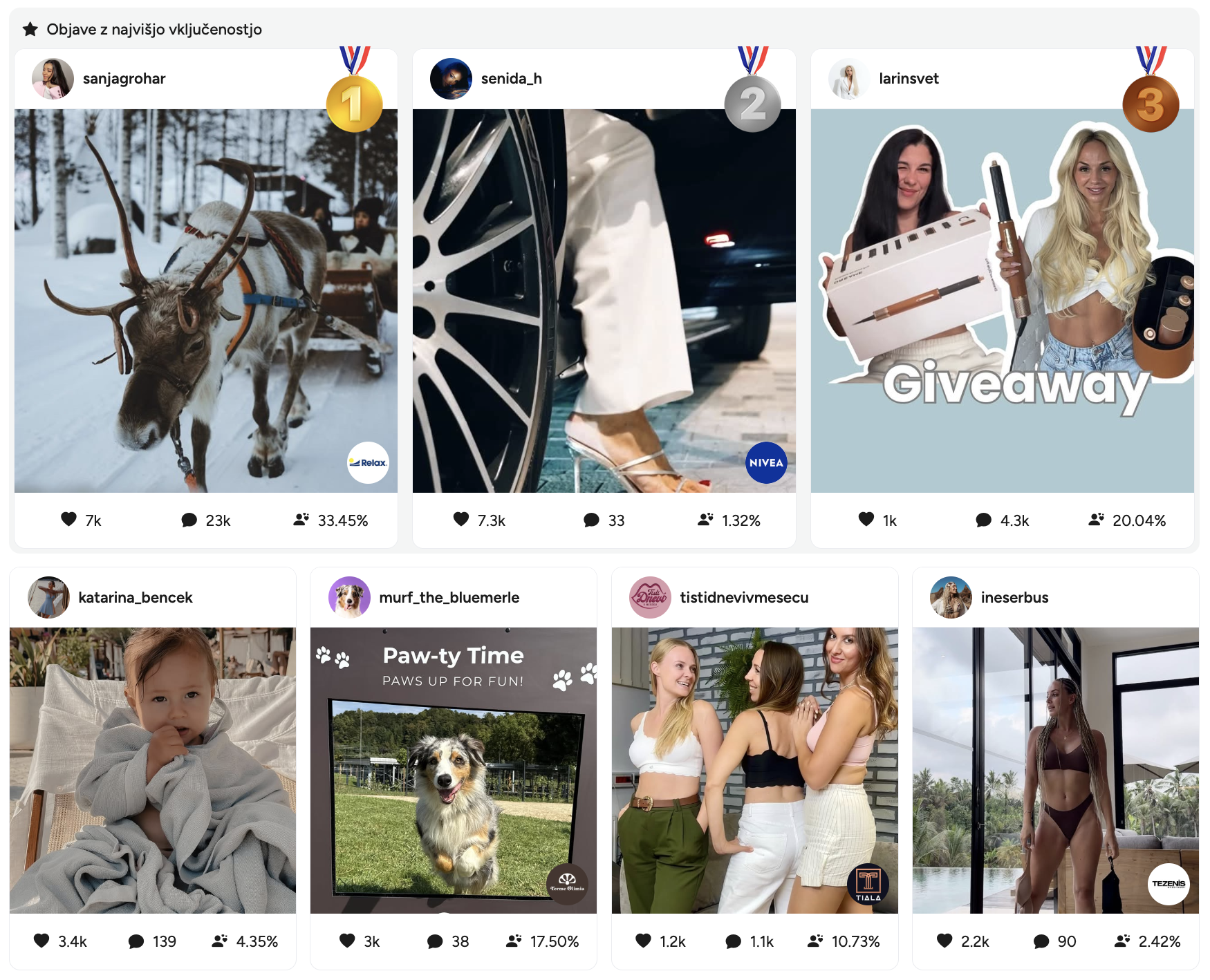If you’re wondering how to write an influencer brief for creators, you’re in the right place. Creating a clear, concise and motivating brief is the first step toward successful partnerships between brands and content creators. In this article you will learn why a well-structured influencer brief matters, how to build a practical template for brands and creators, and what pitfalls to avoid — especially when working with D2C brands and European markets. By the end you’ll be ready to send a creator brief that drives authenticity, alignment and measurable results.
1. Why a great influencer brief matters: best practices for brands and creators
Many brands think the creator campaign begins when the influencer posts. In reality the campaign often starts with the document you send: the influencer marketing brief. This brief sets expectations, clarifies roles, guides content and aligns brand and creator goals. Without it you risk mismatched tone, mis-tagging, brand voice drift or low ROI. According to industry sources, a good influencer brief ensures clear communication, consistent messaging and streamlined content creation.
Best-practice briefs balance structure and creator freedom. Too vague and the content feels directionless. Too prescriptive and the creator feels boxed in, which can kill authenticity. As one template guide puts it: “It’s the roadmap for your influencer campaign… helps your influencer deliver content that aligns with your vision.”
When working with content creators, you’re effectively combining your brand’s message with their voice and audience. The brief is the interface between these two. It ensures both sides know what success looks like: What the key message is, who the audience is, which deliverables are expected, how success will be measured and what the timeline is. Without that, you might get reach, but not relevance; you might get posts, but not conversion.
Therefore, investing time up front in the brief reduces back-and-forth, lowers revision burden and increases campaign efficiency. One agency noted that campaigns with well-written influencer briefs achieved significantly better alignment between brand and creator and smoother execution.
For brands and agencies working in the D2C space, and especially across European markets where local culture, language and compliance matter, the influencer brief is even more critical. It sets the tone for localisation and ensures that the content resonates with the intended market rather than feeling like a global blanket asset.

2. The influencer campaign brief template for brands – structure, sections and checklist
If your team needs a blueprint, here is a suggested structure for an “influencer campaign brief template for brands”, with practical sections and what to include:
1. Brand & Campaign Overview
Introduce your brand, mission, values and unique proposition. Explain what this campaign is about: product launch, seasonal promotion, evergreen content, etc. For example: “We are a D2C skincare brand launching our new night serum across Europe.”
Sources highlight that this background helps creators connect to your brand context.
2. Campaign Objectives & KPIs
Define the goal: awareness, engagement, traffic, conversions, content licensing, etc. Be specific: e.g., “Generate 1,000 unique affiliate sales via creator links”, “Increase branded search volume by 15%”, or “Deliver 5 pieces of UGC that we can repurpose for paid social”. Clarity in the objective helps the creator shape content with purpose.
3. Audience & Key Message
Who is the target audience? What is their challenge or desire? What single key message do you want the creator to emphasise? For instance: “Busy European professionals who want cruelty-free skincare that delivers visible results overnight.” The brief should include any supporting proof (e.g., “Clinically tested, 91% saw results within 7 days”) and one clear CTA (call to action) that will go into the creator’s content or link. Sources emphasise this “why and benefit” logic.
4. Deliverables & Content Guidelines
Specify:
- Platforms (Instagram feed, Stories + link, TikTok 30s, YouTube review)
- Formats and number of posts or stories
- Timeline (draft due date, approval period, go-live window)
- Mandatory elements: hashtags (#brandlaunch, #ad), brand tags, link or unique code
- Creative guardrails: do’s and don’ts (e.g., “Do show product in natural lighting”, “Don’t overlay heavy text”); also usage rights if you plan to reuse content.
These items are critical in avoiding mis-communication.
5. Compensation, Terms & Legal
Explain how you will compensate the creator (flat fee, affiliate commission, product gift), when payment will happen, deliverable acceptance criteria, rights/licensing (how you will reuse the content), disclosure requirements (#ad, paid partnership) and compliance expectations (especially relevant in Europe). Research shows compliance and trust issues are material in influencer marketing.
6. Measurement & Reporting
State how you will track success: what links to use (UTMs), what platform metrics you’ll monitor (views, engagement, clicks, conversions), when you’ll review results. Clarify whether you expect the creator to submit results or you will track them internally. A strong brief aligns measurement between brand and creator.
7. Contact & Workflow
Include the campaign manager’s name and contact info, approvals process, content submission instructions, timeline for feedback, etc. A clear workflow prevents bottlenecks.
Checklist for brands:
- Campaign goal defined
- Target audience & key message captured
- Platforms & formats listed
- Deliverables, timeline and hashtags specified
- Compensation and usage rights clarified
- Disclosure and compliance included
- Measurement plan set
- Contact person and workflow outlined
By following this structured template you transform your influencer brief from a generic document into a strategic asset aligned with business objectives.

3. Common pitfalls and questions: creator content brief checklist for influencers + example for D2C brands in Europe
Many brands and creators stumble with influencer briefs because they either overdo the details or under-inform the key context. Let’s address common questions and concerns.
Question: Will a rigid brief kill creativity and authenticity?
Answer: Yes—if it’s too rigid. Good briefs focus on what to say (message) rather than how to say it (script). Templates emphasise balance: clear guidelines with creative freedom.
Question: What about content reuse?
Answer: If you plan to reuse creator content for paid social or website licensing, you must include usage rights in the brief. This avoids surprise costs and legal complications down-the-line.
Question: How do D2C brands in Europe handle the brief differently?
Answer: For D2C brands in Europe you must account for localisation (language, cultural nuance, platform preferences), payment currency, GDPR and regional disclosure regulations. Including a section labelled “Localization & Compliance” is advisable. For example, you might say: “Content must be posted in local language variant (e.g., German / Austria) and include the appropriate influencer disclosure per German law.” This helps the creator execute correctly.
Question: Is the brief too long?
Answer: Complexity can overwhelm creators. Many agencies recommend one-page or single-scroll briefs that can be read quickly. A “two minute read” test is a good indicator.
Example for a D2C brand Europe (excerpt):
- Campaign Goal: Generate 500 affiliate sales in Germany & Austria within 6 weeks.
- Audience: German-speaking urban millennials who value sustainable skincare.
- Message: “Our night serum boosts skin regeneration while being 100% vegan.”
- Deliverables: 1 Instagram feed post (German) + 2 Stories with swipe-up link; post between 15 – 30 April. Use hashtag #veganbeauty and tag @brandDE.
- Compensation: €400 flat + €20 per sale beyond 50 sales. Payment via SEPA within 30 days of campaign end. Content licensing: brand may reuse posts for 12 months on paid channels.
- Compliance: Must include “#ad” and German-language disclosure “Werbung / Anzeige”.
- Measurement: Use tracking link brand.de/creatorCODE; brand will provide weekly update.
- Contact: names/email; drafts due by 10 April for approval.
By walking through examples and clarifying common concerns you build trust, reduce revisions and enhance efficiency.
4. How to localise your influencer brief for Europe and D2C brands
(…if you include a Section 4)
When scaling influencer campaigns across markets and especially for D2C brands in Europe, localisation is not just translation—it is adaptation of tone, platform, compliance, payment and measurement. Here are key considerations:
Platform preferences differ – While Instagram might dominate in one market, TikTok or YouTube might be more effective elsewhere. The brief should specify which country/platform combination is targeted.
Language and cultural nuance – A literal translation of the brief may miss idiomatic context. Consider local slang, humour, visual style that resonates.
Compliance and disclosures – European markets often have stricter rules around influencer advertising and consumer protection. For example, German “Werbung” disclosure or UK “#ad / Sponsored”. The brief must clearly instruct creators on disclosure expectations.
Payment and tax considerations – Payment currency (EUR, GBP), tax form requirements for influencers (self-employed, VAT) may differ. The brief should set expectations.
Measurement and attribution across borders – Tracking links may need to reflect multi-country domains, multiple languages, localised landing pages. The brief should include this nuance and possibly separate KPIs by region.
By localising your brief you increase relevance, reduce friction and deliver stronger results for D2C brands operating across Europe.

5. (Optional) Scaling the brief into a campaign ecosystem
If you want to go further, this section could cover how to turn your brief into a repeatable campaign framework — for example a “creator brief library” or a single brief template you use across multiple creators with tailored inserts. But for brevity, I’ll summarise: keep a master version of your campaign brief template, customise per market or creator tier (nano, micro, macro), automate parts (deliverables, timeline, measurement), and ensure you capture learnings (which briefs drove the best conversion) to optimise future campaigns.

Conclusion
A well-crafted influencer brief is not a peripheral document—it’s the foundation of a successful creator partnership. When you know how to write an influencer brief for creators you align brand objectives, empower creators, streamline execution and ultimately boost results. Use the template and best-practice guidance provided in this article to create briefs that are clear, concise and impactful. Localise appropriately if you’re working with D2C brands in Europe, and always aim for simplicity that delivers authenticity.
About Avalan
Automatic tracking of posts, Stories, Reels and TikToks saves you time and ensures you always know what’s live. Collaboration, content approval and performance dashboards are all handled in one place - no more spreadsheets or scattered workflows.
Whether you're a D2C brand scaling campaigns, a B2B marketer building trust, or an agency managing multiple clients, Avalan gives you smart tools to run smarter influencer programs, faster and with confidence..



.webp)


.svg)
